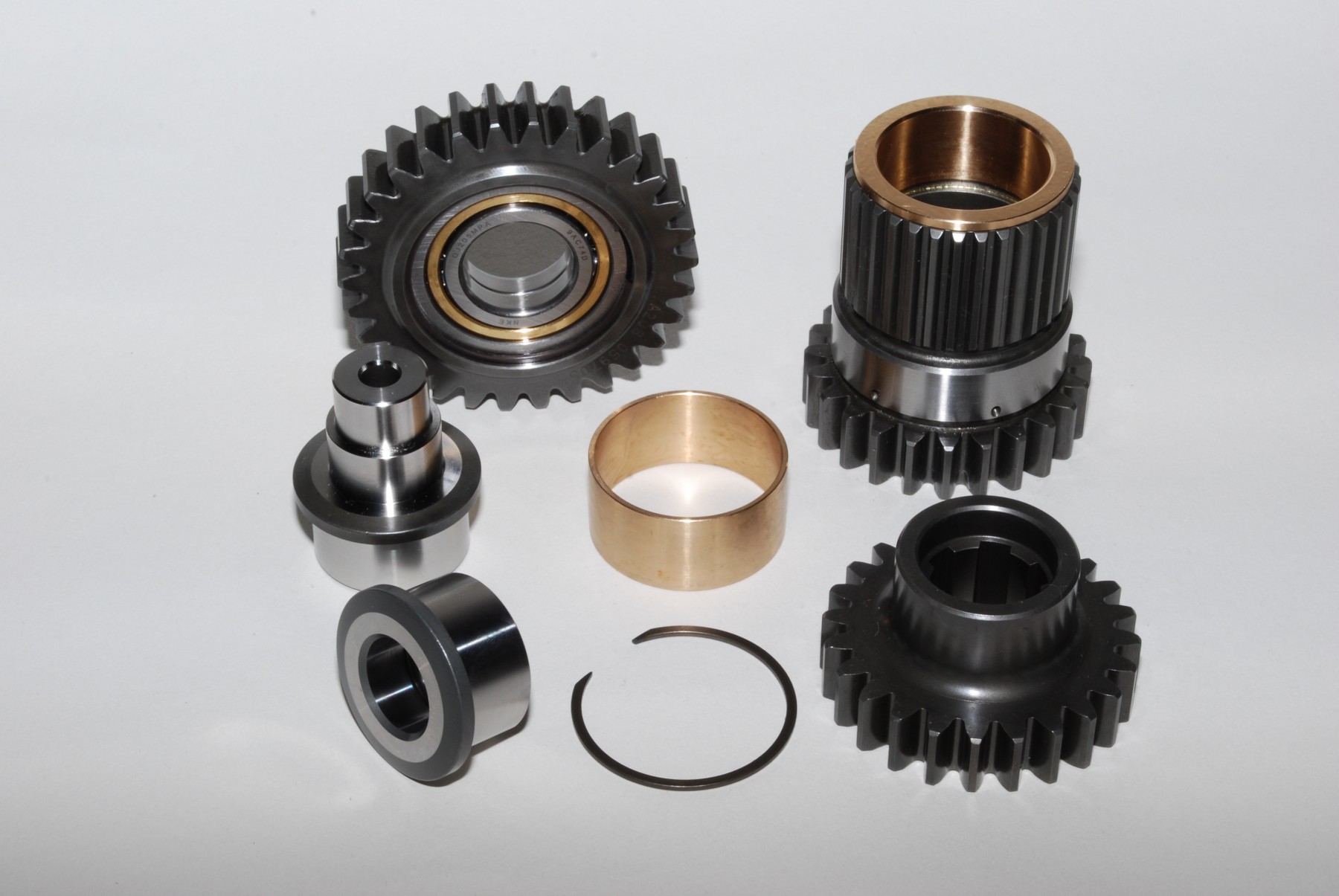What Do Straight Cut Gears Do

So, you're diving into the world of gears, specifically straight-cut gears. Good choice! Understanding them is fundamental to grasping how power is transferred in a multitude of mechanical systems, from your car's transmission to simple machinery. This isn't just academic; knowing the ins and outs will be invaluable when diagnosing issues, planning modifications, or even tackling a full-blown rebuild. We're going to break down the nitty-gritty, focusing on practical knowledge you can use in your garage.
Purpose – Why Understand Straight Cut Gears?
Let's be honest, nobody *loves* fixing things. But knowledge is power, right? Understanding straight-cut gears is vital for several reasons:
- Repairs and Maintenance: Identifying wear patterns, diagnosing noise issues, and understanding lubrication requirements are all easier with a solid understanding of gear mechanics.
- Modifications and Upgrades: Planning performance upgrades, especially in transmissions or differentials, often involves considering different gear ratios and types. You need to know the trade-offs.
- General Mechanical Aptitude: Gears are everywhere! Understanding them enhances your overall mechanical intuition and problem-solving skills.
- Historical Interest: Many vintage vehicles utilize straight-cut gears extensively. Understanding them allows for proper maintenance and restoration.
Key Specs and Main Parts
Let's talk about the components and key characteristics that define a straight-cut gear:
- Gear Body: The main cylindrical or disc-shaped component of the gear.
- Teeth: The protruding features on the gear body that mesh with the teeth of another gear, transferring force. Crucially, these teeth run parallel to the gear's axis of rotation. This is the defining feature of a straight-cut gear.
- Pitch Diameter: The diameter of the pitch circle, which is the imaginary circle where the gear teeth make contact with the teeth of another gear.
- Module (m): A unit of size that indicates the relationship between the number of teeth, N, and the pitch diameter, D. The formula is: m = D/N. It essentially standardizes the tooth size.
- Pressure Angle (φ): The angle between the line of action (the direction of the force between the teeth) and the tangent to the pitch circle at the point of contact. Common values are 20° and 14.5°.
- Number of Teeth (N): The count of teeth on the gear. This, combined with the number of teeth on the mating gear, determines the gear ratio.
- Face Width: The width of the gear along the axis of rotation.
How Straight Cut Gears Work
The operating principle of straight-cut gears is simple, but effective:
- Meshing: Two straight-cut gears are positioned so that their teeth interlock.
- Force Transmission: When one gear rotates, its teeth push against the teeth of the mating gear, causing it to rotate as well.
- Torque and Speed Change: The ratio of the number of teeth on the two gears determines the gear ratio. If the driving gear (the one providing the power) has fewer teeth than the driven gear (the one being powered), the driven gear will rotate slower but with higher torque. Conversely, if the driving gear has more teeth, the driven gear will rotate faster but with less torque.
Unlike helical gears, which have teeth cut at an angle, straight-cut gears engage all the teeth along their entire width simultaneously. This leads to a very efficient transfer of power, but it also results in higher noise levels.
Real-World Use & Basic Troubleshooting
Straight-cut gears find applications where strength and simplicity outweigh noise considerations:
- Early Transmissions: Many older vehicles used straight-cut gears in their transmissions, especially in lower gears.
- Differentials (Sometimes): While less common now, some heavy-duty differentials might utilize straight-cut gears.
- Agricultural Machinery: Tractors and other farm equipment often rely on straight-cut gears for their robustness.
- Simple Gearboxes: In applications where noise isn't a primary concern, straight-cut gears offer a reliable and cost-effective solution.
Troubleshooting Tips:
- Noise: Straight-cut gears are inherently noisy. However, excessive noise (grinding, whining) can indicate wear, misalignment, or insufficient lubrication.
- Wear: Inspect the teeth for signs of wear, such as pitting (small surface craters), scoring (scratches), or broken teeth.
- Lubrication: Ensure proper lubrication. Use the correct type and viscosity of gear oil as recommended by the manufacturer.
- Backlash: Excessive backlash (play between the gears) can indicate wear or improper adjustment.
- Vibration: Unusual vibrations can point to damaged gear teeth or bearing issues.
Safety – Highlight Risky Components
Working with gears involves certain risks:
- Pinch Points: Gears are notorious for being pinch points. Keep fingers and loose clothing away from moving gears. Never reach into a running gearbox.
- Sharp Edges: Damaged or broken gear teeth can have sharp edges. Wear gloves when handling gears.
- Heavy Components: Gears can be surprisingly heavy. Use proper lifting techniques and equipment to avoid back injuries.
- Eye Protection: Metal chips and debris can fly off when working with gears. Always wear safety glasses or goggles.
- Lockout/Tagout: When working on machinery with gears, always follow proper lockout/tagout procedures to prevent accidental activation.
- Lubricants: Some gear oils can be hazardous. Follow the manufacturer's safety instructions and wear appropriate protective gear.
Specifically, be extra cautious when dealing with transmission components. These are often under significant spring pressure and can cause serious injury if disassembled incorrectly. If you're not comfortable working with transmissions, it's best to leave it to a professional.
